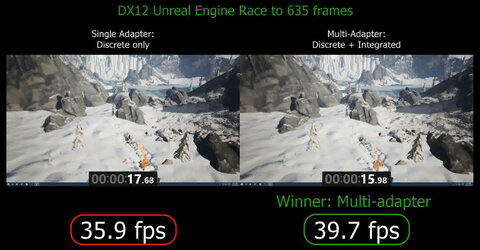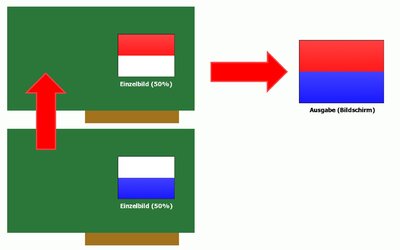- Joined
- Jul 20, 2002
http://www.pcper.com/reviews/Graphics-Cards/BUILD-2015-Final-DirectX-12-Reveal
There are two modes of multiadapter functionality: implicit, explicit (which has two modes of its own).
So would this feature of DX12 mean SLI/Crossfire would become obsolete, at least for DX12 games?
"The Unlinked Explicit Multiadapter, is interesting because it is agnostic to vendor, performance, and capabilities -- beyond supporting DirectX 12 at all. This is where you will get benefits even when installing an AMD GPU alongside one from NVIDIA."
There are two modes of multiadapter functionality: implicit, explicit (which has two modes of its own).
So would this feature of DX12 mean SLI/Crossfire would become obsolete, at least for DX12 games?
"The Unlinked Explicit Multiadapter, is interesting because it is agnostic to vendor, performance, and capabilities -- beyond supporting DirectX 12 at all. This is where you will get benefits even when installing an AMD GPU alongside one from NVIDIA."

